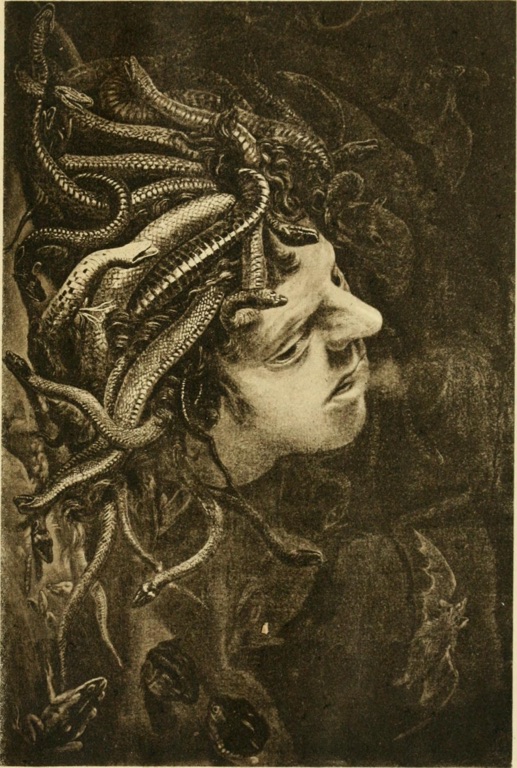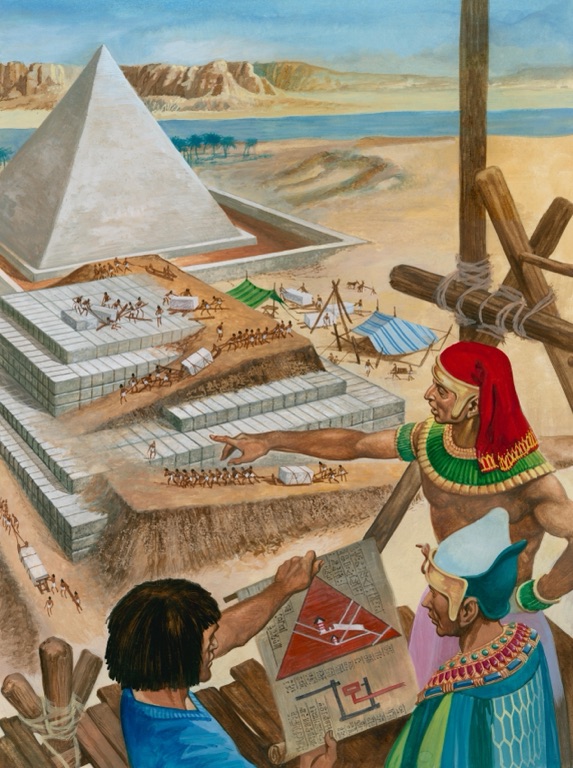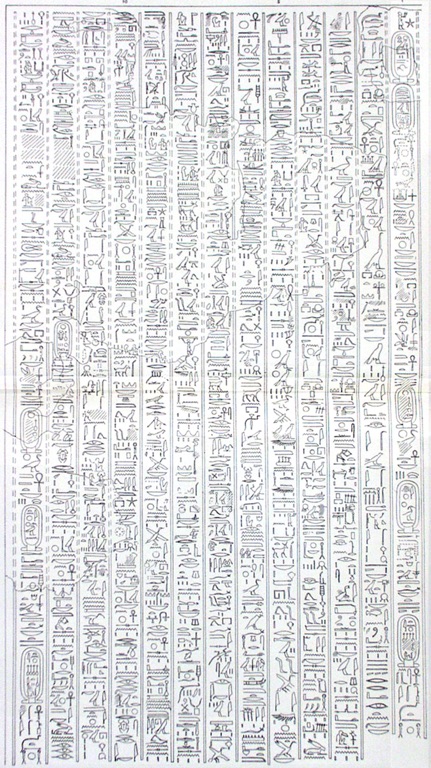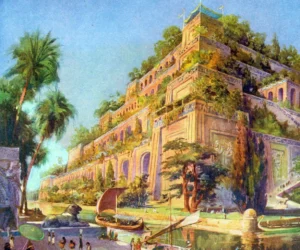The Hanging Gardens of Babylon stand as one of the Seven Wonders of the Ancient World, yet their existence remains shrouded in mystery. Accounts describe these gardens as a feat of engineering, with lush vegetation cascading from terraces constructed high above the ground. They symbolized the might and innovation of Babylon and King Nebuchadnezzar II, who purportedly built the gardens to assuage his wife’s longing for the green hills and valleys of her homeland. However, the lack of concrete archaeological evidence and contemporaneous records has led scholars to speculate about their actual presence. Some suggest they were purely mythical or located elsewhere. Despite the unknowns, the image of the Hanging Gardens continues to capture people’s imagination and represents the splendor of ancient civilizations.

The Wendigo: Unraveling the Legend of the Insatiable Monster
The Wendigo stands at the intersection of myth and caution, a dark blend of human fear and cultural lore. The wendigo, a scary creature, has scared people in North American forests, especially the Algonquian peoples, through stories and the unknown. The wendigo monster, often associated with winter, cold, and famine, embodies insatiable greed and the dangers of overindulgence.
This story is now part of modern horror. However, it originally came from Indigenous beliefs. It teaches lessons that last for many generations.

Deciphering Medusa: From Greek Mythology to Cultural Symbolism
Medusa is one of the most intriguing figures in Greek mythology. Her story is a blend of beauty, curse, and doom. This mythical Gorgon is widely recognized by her hair of living snakes and gaze that turns onlookers to stone. The medusa story is not just a tale of horror; it symbolizes transformation and power. Ancient tales tell us about Medusa’s beauty before she became a Gorgon. These attributes have made Medusa symbol a compelling subject in art and literature throughout the ages.

Feline Divinity: The Role of Cats in Ancient Egypt
Cats held a special place in Ancient Egyptian culture, revered for their grace and mysterious demeanor. They were more than just domestic companions, but symbols of divine protection. Egyptians believed that cats carried the spirit of Bastet, the goddess of home, fertility, and childbirth. With their perceptive eyes that could see in the dark, cats became guardians against unseen threats. Temples were homes to these sacred animals, where priests cared for them as embodiments of deity. Artwork from the time depicts felines sitting beside royalty, implying their high status. Cats’ remarkable ability to kill vermin that threatened food supplies further elevated their divine role, intertwining practical virtues with supernatural beliefs.

Uncovering Ancient Egypt’s Pyramid Ramp System
Recent archaeological finds have shed light on how the ancient Egyptians may have built their iconic pyramids. Evidence suggests that a clever ramp system played a crucial role in transporting the massive limestone blocks used in construction. This system, consisting of steep, zigzagging ramps aligned with the pyramid sides, has captivated historians and archaeologists alike. Excavations have uncovered remnants of these ramps. They date back to the reign of Pharaoh Khufu, aligning with the period of the Great Pyramid’s construction. The discovery has sparked a reassessment of the pyramid-building techniques. It highlights the Egyptians’ advanced understanding of engineering and logistics.

Aten Egyptian God
In the rich tapestry of ancient Egyptian mythology, the sun god Aten occupies a fascinating niche. Initially a lesser deity, Aten rose to prominence during the reign of Pharaoh Akhenaten, around 1353-1336 BCE. Unlike the more traditional depictions of sun gods with human or animal forms, Aten was uniquely represented by a solar disc radiating hands that bestowed life-giving rays onto the pharaoh and the kingdom. Akhenaten’s revolutionary religious reform focused solely on Aten, promoting monotheism in a historically polytheistic society. This shift resulted in the construction of a new capital city, Akhetaten, dedicated to Aten, and the unprecedented attempt to sweep away the old gods in favor of this singular, all-encompassing deity.

